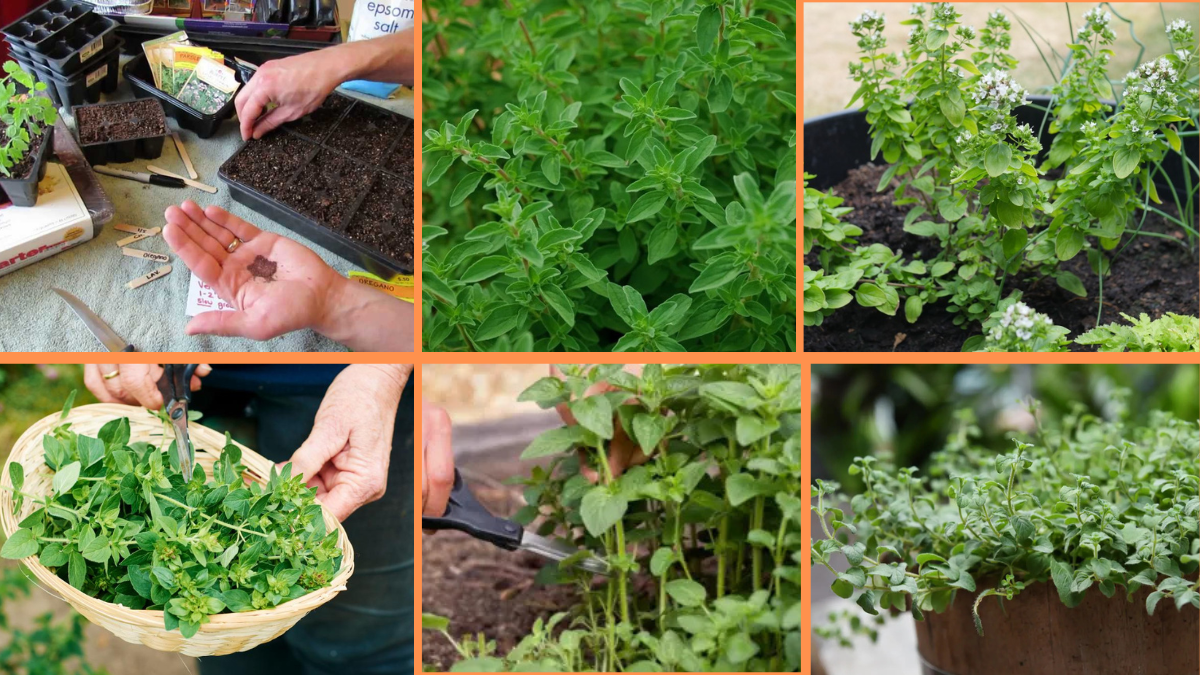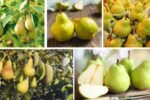Few herbs bring as much flavor and fragrance to a kitchen or garden as oregano. Often associated with Mediterranean and Italian cuisine, this hardy, aromatic herb is a staple for seasoning pizza, pasta, grilled meats, and salads. Beyond its culinary uses, oregano also boasts medicinal benefits and makes a beautiful addition to any herb garden with its lush, green leaves and delicate flowers.
If you’ve ever wondered how to start growing oregano, this guide will walk you through everything you need to know — from selecting the right variety to planting, caring, and harvesting your oregano plants for a steady supply of this kitchen essential.
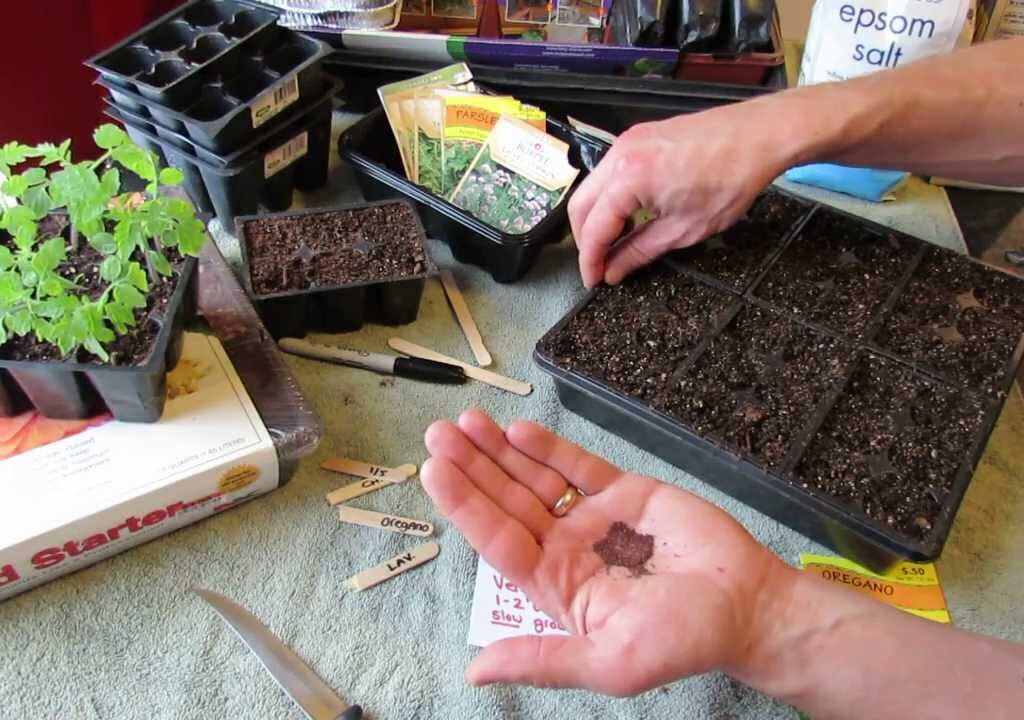
Why Grow Oregano?
Oregano isn’t just a flavorful herb — it’s one of the easiest herbs to grow and maintain. Here’s why you should add it to your garden or windowsill:
- Low-maintenance: Thrives in poor soils and hot, dry conditions.
- Versatile: Complements a wide range of dishes, from Italian to Middle Eastern cuisines.
- Medicinal: Traditionally used for its anti-inflammatory, antibacterial, and digestive benefits.
- Attracts pollinators: Produces small, nectar-rich flowers loved by bees and butterflies.
- Perennial plant: Returns year after year in suitable climates.

Popular Varieties of Oregano
There are several types of oregano, each with slightly different flavors and growth habits. Choose a variety that fits your culinary preferences and climate:
1. Greek Oregano (Origanum vulgare subsp. hirtum)
- Classic, robust, and pungent flavor.
- Best for Mediterranean and Italian cooking.
- Hardy perennial.
2. Italian Oregano
- A hybrid of oregano and marjoram.
- Milder flavor.
- Perfect for pasta sauces and soups.
3. Sweet Marjoram (Origanum majorana)
- Sweeter and milder than traditional oregano.
- Often treated as an annual in cooler climates.
4. Golden Oregano
- Attractive gold-tinged leaves.
- Milder taste, great for ornamental use and garnishing.
5. Cuban Oregano (Plectranthus amboinicus)
- Not a true oregano but shares a similar flavor.
- Thick, fleshy leaves.
- Grows well in warm, tropical regions.

Best Growing Conditions for Oregano
Oregano is native to the Mediterranean, meaning it prefers warm, sunny, and somewhat dry environments.
Light:
- Requires full sun (at least 6-8 hours a day).
- Can tolerate partial shade but flavor intensity may decrease.
Soil:
- Prefers well-draining, sandy or loamy soil.
- pH range: 6.0 to 8.0.
- Avoid rich, overly fertile soil as it can lead to bland-tasting leaves.
Temperature:
- Thrives in temperatures between 60°F to 80°F (16°C to 27°C).
- Hardy in USDA Zones 5-10 depending on the variety.
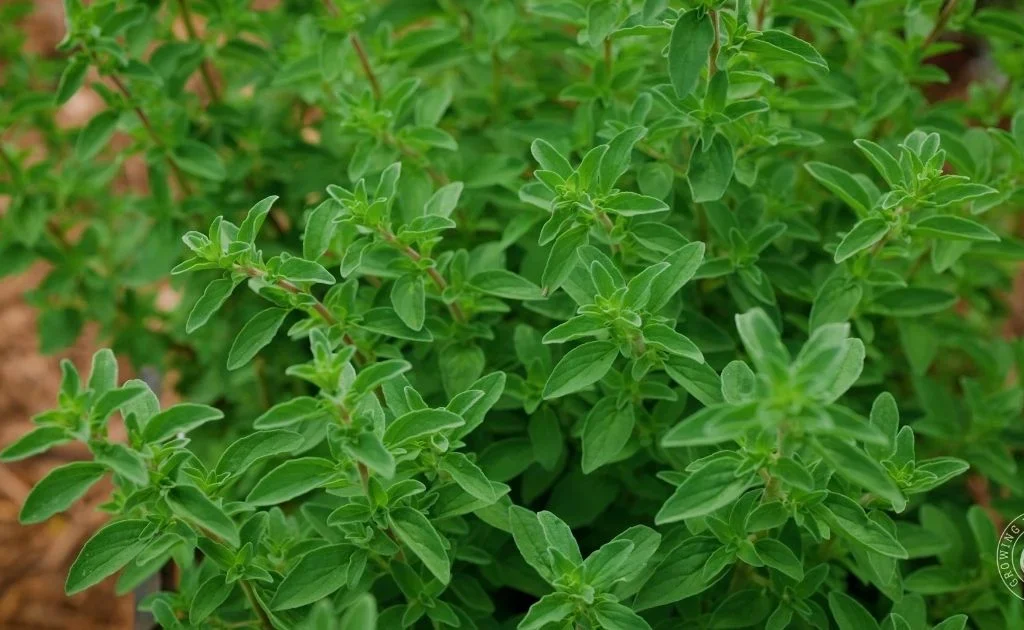
How to Plant Oregano
Growing from Seeds:
While oregano can be grown from seeds, germination can be slow and uneven. If you have patience:
- Sow seeds indoors 6-10 weeks before the last expected frost.
- Lightly press seeds into moist seed-starting mix without covering them — they need light to germinate.
- Keep soil temperature around 70°F (21°C).
- Seeds typically germinate in 7-14 days.
- Transplant seedlings outdoors when they’re 3-4 inches tall and after the danger of frost has passed.
Growing from Cuttings or Transplants:
For faster results, start with nursery-bought plants or cuttings from a mature plant.
- Take a 4-5 inch cutting from a healthy oregano plant.
- Remove lower leaves and place the cutting in water or moist soil.
- Roots should develop in 1-2 weeks.
- Transplant to your garden or a pot once established.
Pro Tip: Space plants about 12-18 inches apart to allow airflow and prevent mildew.
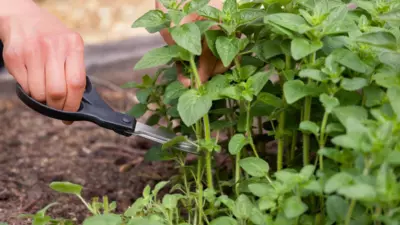
Caring for Oregano
Once established, oregano is one of the most forgiving herbs in the garden.
Watering:
- Water sparingly.
- Allow soil to dry out between waterings.
- Overwatering can lead to root rot and weak-flavored leaves.
Fertilizing:
- Oregano doesn’t require much fertilizer.
- In poor soil, mix a small amount of organic compost in early spring.
- Too much fertilizer can result in a loss of flavor.
Pruning:
- Regularly pinch back the tips to encourage bushier growth.
- Remove any flower buds early if you want to prolong leaf production.
- Cut back the entire plant by half in midsummer to encourage fresh, tender leaves.
Winter Care:
- In colder climates (Zones 5-7), mulch plants heavily in late fall.
- Or pot and move plants indoors for winter harvesting.
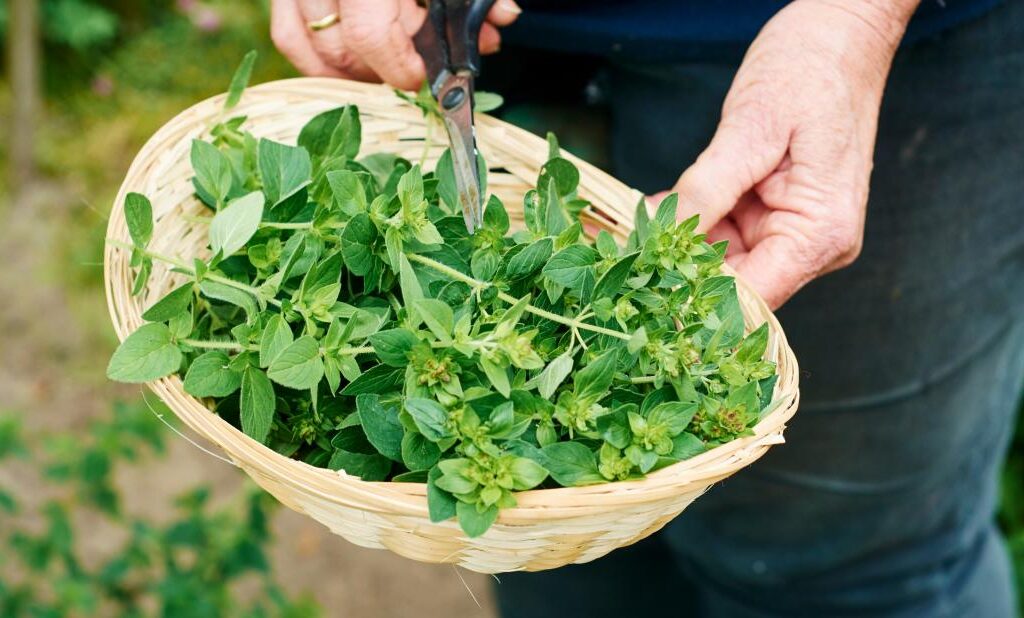
Common Pests and Diseases
Oregano is relatively pest-resistant but occasionally faces minor issues:
- Aphids: Spray with a strong stream of water or insecticidal soap.
- Spider Mites: Keep humidity up around plants and hose them down occasionally.
- Powdery Mildew: Avoid overhead watering and space plants adequately.
Generally, its strong aroma naturally deters most pests.
Companion Planting with Oregano
Oregano makes a great neighbor in the garden, offering both pest-repellent properties and complementary flavors.
Good companions:
- Basil
- Rosemary
- Peppers
- Tomatoes
- Eggplant
Avoid planting with:
- Fennel (can stunt the growth of surrounding plants)
Harvesting Oregano
You can start harvesting oregano once the plant reaches 4-6 inches tall.
How to Harvest:
- Snip leaves early in the morning when oils are most concentrated.
- Regular harvesting encourages new growth.
- Avoid removing more than ⅓ of the plant at once to keep it healthy.
For drying:
- Cut whole stems before flowers bloom.
- Hang bunches upside down in a dry, shaded, well-ventilated area.
How to Store and Preserve Oregano
Fresh Storage:
- Store fresh oregano sprigs in a jar of water like a bouquet.
- Or wrap in a damp paper towel and refrigerate inside a plastic bag for up to 1 week.
Drying Oregano:
- Air-dry by hanging bunches or laying leaves on a drying rack.
- Store dried leaves in an airtight container away from heat and light.
- Properly dried oregano retains flavor for up to 1 year.
Freezing Oregano:
- Chop fresh leaves and freeze in ice cube trays with olive oil.
- Use frozen cubes in sauces, stews, and soups.
Growing Oregano Indoors
Oregano grows well indoors in containers, provided it gets plenty of sunlight.
Container Requirements:
- Use a pot at least 8-12 inches wide with drainage holes.
- Choose a well-draining potting mix.
- Place in a south-facing window or under grow lights.
Indoor Care:
- Water when the top inch of soil is dry.
- Trim regularly to keep the plant bushy.
- Fertilize lightly every 6 weeks with organic liquid fertilizer.
Final Thoughts
Starting your own oregano plant is a simple and rewarding way to enhance your home-cooked meals and create a thriving, fragrant herb garden. Whether in your outdoor beds, a sunny windowsill, or a patio container, oregano is a hardy, undemanding plant that offers generous harvests and adds life to your cooking.
By following these steps on how to start growing oregano — selecting the right variety, providing the ideal conditions, and harvesting thoughtfully — you’ll enjoy the rich, earthy flavor of fresh oregano year after year.
